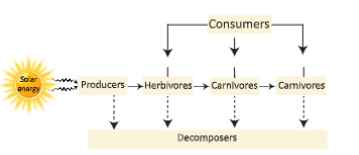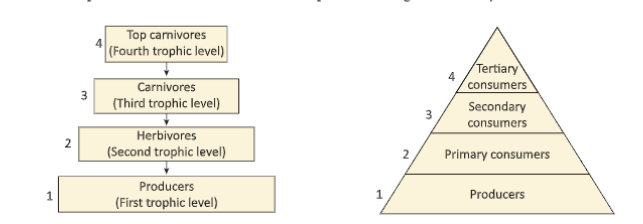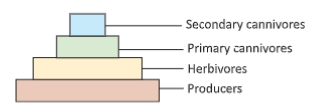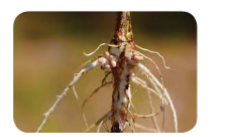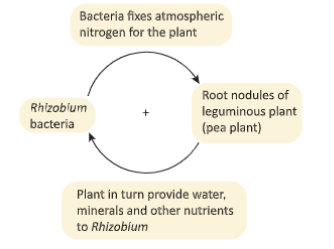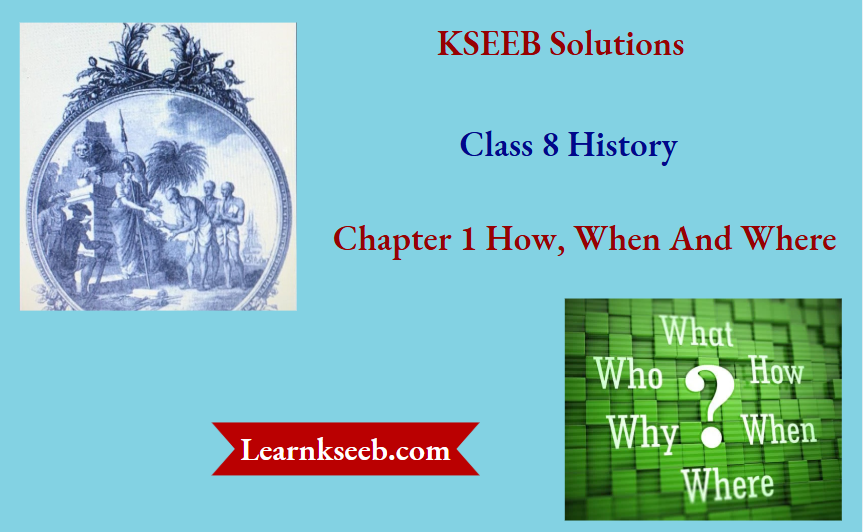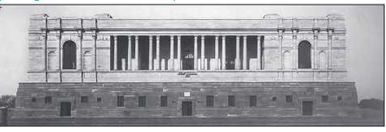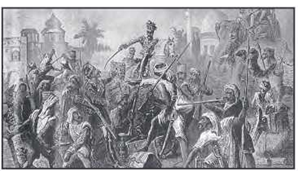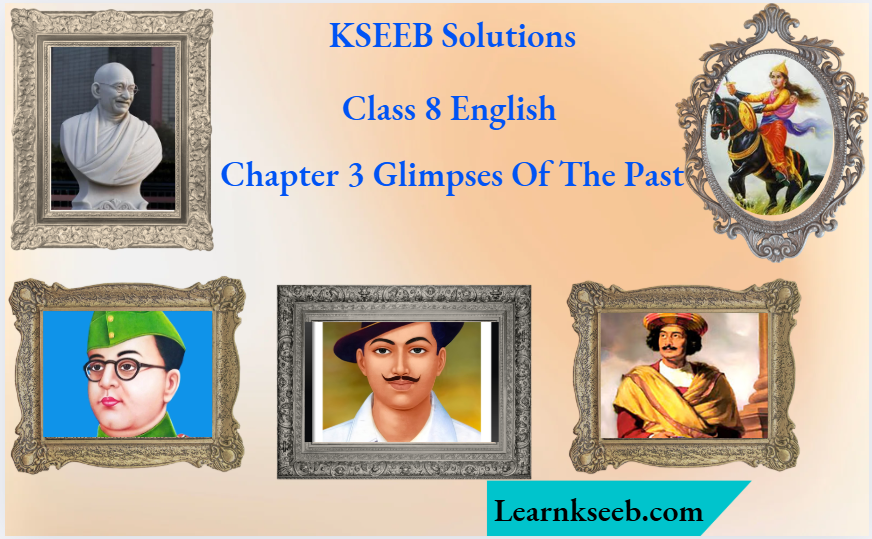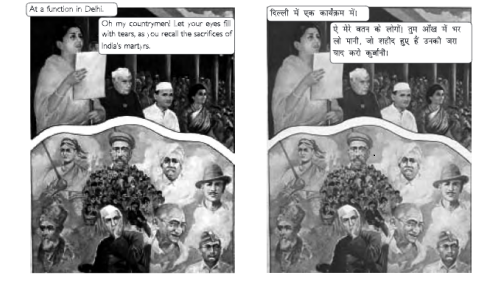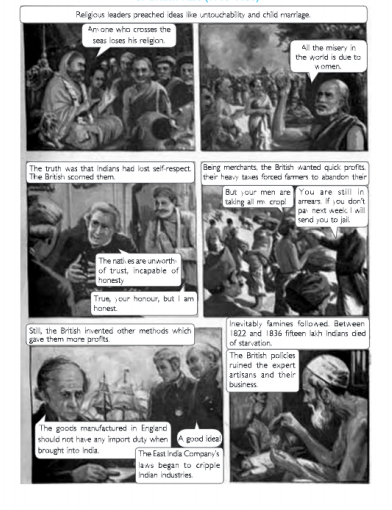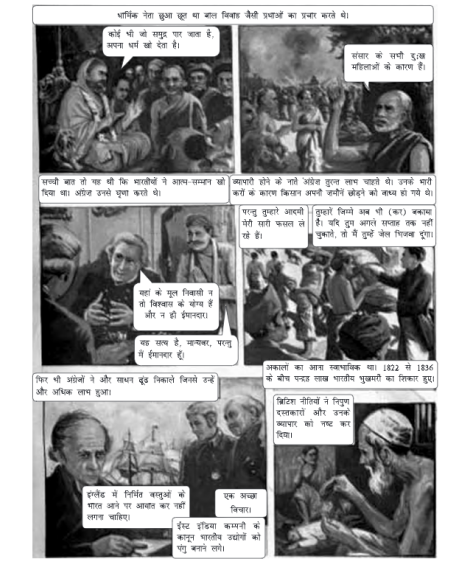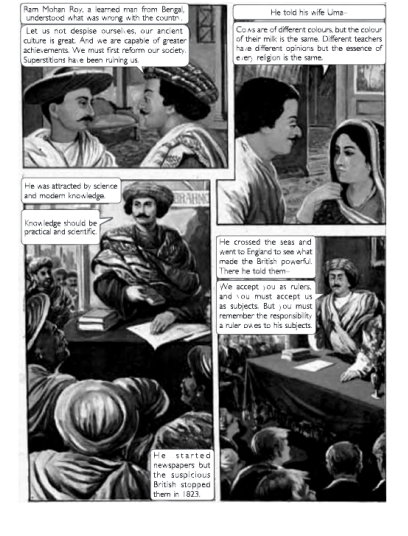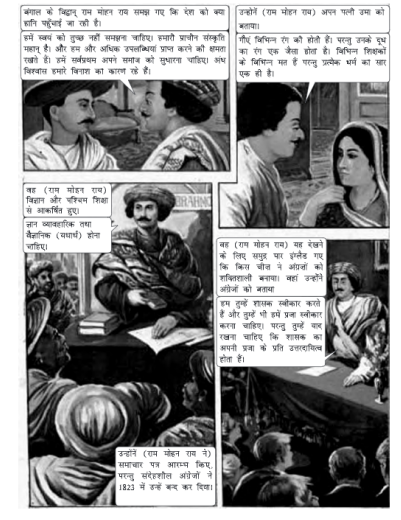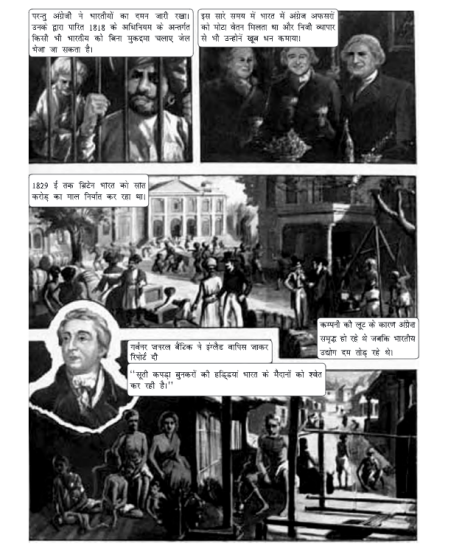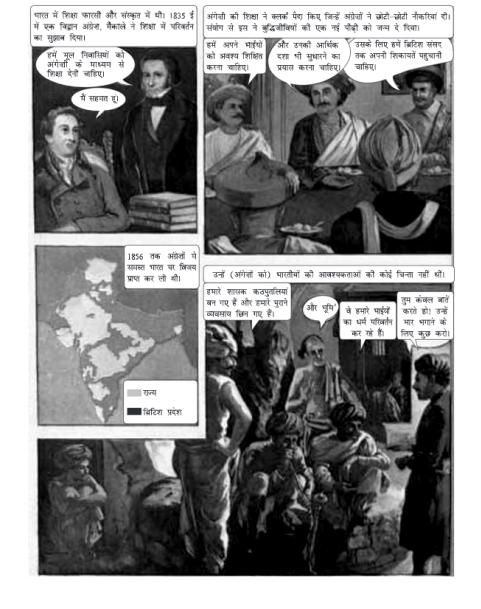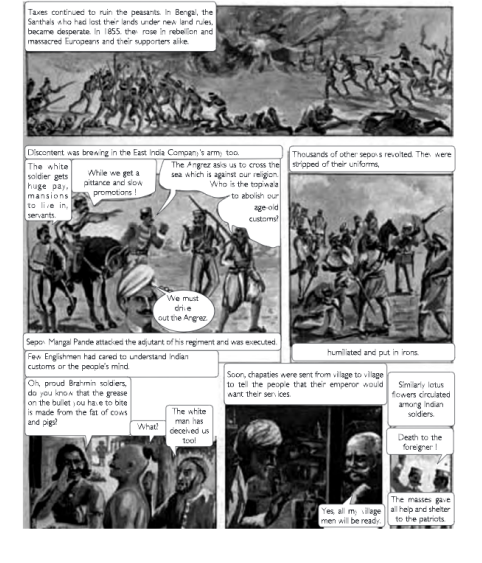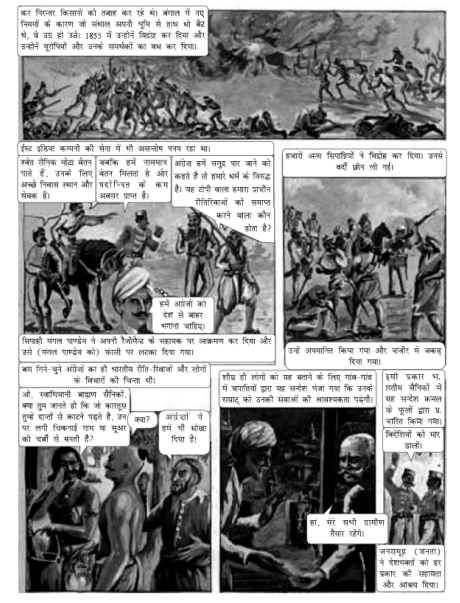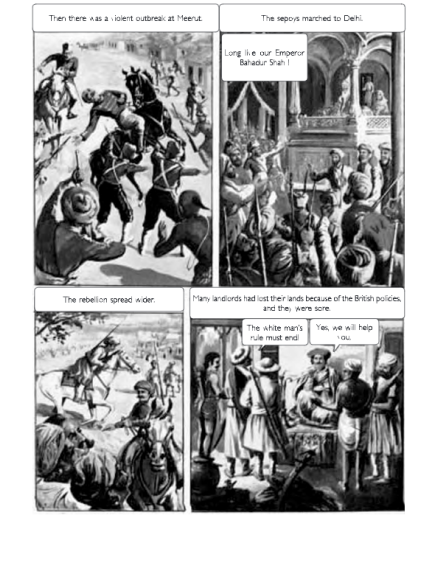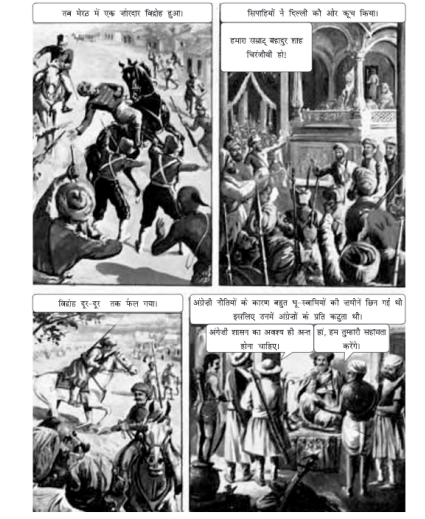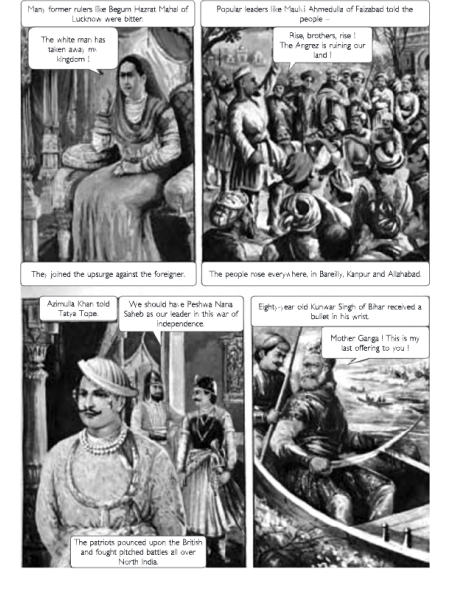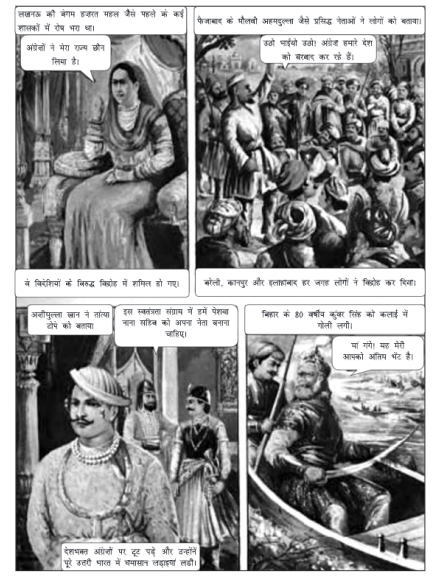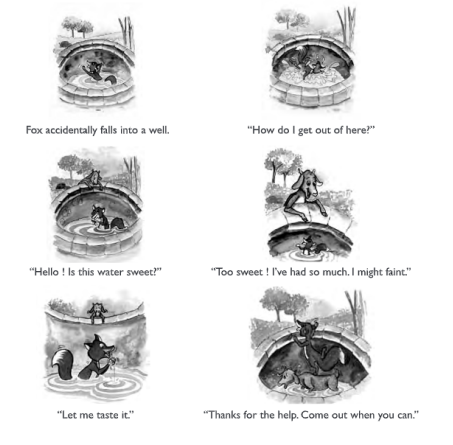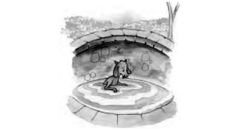KSEEB Solutions For Class 8 History Chapter 3 Ruling the Countryside
Question 1 Match the following:
(i) ryot
(ii) maha1
(iii) nij
(iv) ryoti
(a) village
(b) peasant
(c) cultivation on ryot’s land
(d) cultivatior on planter’s own land
Answer: (i) (b) (ii) (a) (iii) (d) (iv) (c)
Question 2. Fill in the blanks:
(a) Growers of woad in Europe saw _____ as a crop which would provide competition to their earnings.
(b) The demand for indigo increased in late eighteenth-century Britain because of ______
(c) The international demand for indigo was affected by the discovery of ______
(d) The Champaran Movement was against _____
Answer. (a) Indigo (b) Industrialisation (c) Synthetic dyes (d) Indigo planters Let’s Discuss
Question 3. Describe the main features of the Permanert Settlement.
Answer. Following were the main features of Permanent Settlement:
- According to the settlement, the rajas and taluqdars were regarded as zamindars and were declared the owners of their lands.
- Zamindars were asked to collect rent from the peasants and pay a fixed amount of revenue to the Company.
- The revenue amount to be paid was fixed by the Company.
- It was believed that this system would ersure a regular flow of revenue for the Company and zamindars will take steps to improve agriculture.
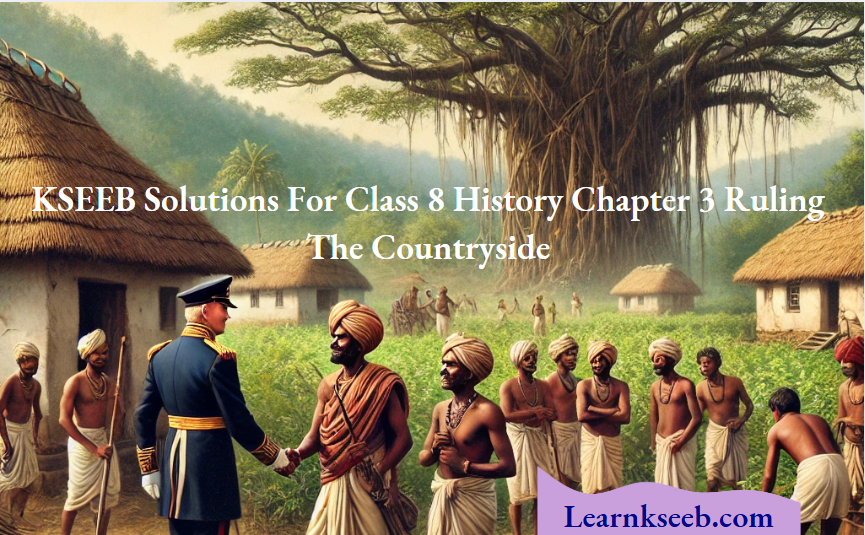
Question 4 How was the mahalwari system different from the Permanent Settlement?
Answer. Permanent Settlement: It is a system of revenue collection which was introduced in the provinces of Bengal and Bihar by Lord Cornwallis in 1793. The entire work of revenue collection was assigned to the zamindars, who were given hereditary rights over the land on the condition that they would pay a fixed amount of revenue to the government every year. Zaminaors were free to collect revenue from peasants as much as they wanted.
Mahalwari system: Under this system, the revenue-collectors went from village to village, inspecting and measuring the fields and recording the customs of different groups. The estimated revenue from each field was added to calculate the revenue that each village would pay. This demand was not fixed and would be revised over a certain period. The village headman was given the charge to collect and pay revenue to the Company.
Question 5. Give two problems which arose with the new Munro system of fixing revenue.
Answer The problems which arose with Munro system are:
- Revenue officials fixed very high revenue demands because they wanted to increase the Company’s income from land.
- Peasants were unable to pay the high taxes. So, they fled from their villages. Officials thought that the new system would bring prosperty to the peasants, but this did not happen.
Question 6 Why were ryots reluctant to grow indigo
Answer Ryots were reluctant to grow indigo because planting indigo had certain problems which are given below:
- Ryots were given loans to grow indigo and were forced to sign an agreement. Once they started to take loans, they were unable to repay them.
- The peasants soon came to know that this system was harsh. The prices which they received for the indigo they produced were very low and the cycle of loans never ended.
- The planters insisted that indigo should be cultivated on the best soil where rice was generally cultivated. The indigo plant has deep roots, which reduces the fertility of the soil. After an indigo harvest, r ce could not be sown on that land.
Because of these problems, the ryots were reluctant to grow indigo.
Question 7 What were the circumstances which led to tne eventual collapse of indigo production in Bengal?
Answer:
The following were the circumstances which led to the collapse of indigo production in Bengal:
- Farmers were given loans to grow indigo and were forced to sign an agreement Once the cycle of loan started, it never came to an end. Finally, the planters refused to grow indigo which led to the collapse of indigo production.
- Indigo had deep roots and it depleted the fertility of the soil. After an indigo harvest rice could not be sown on that land. That’s why they refused to grow indigo.
- The prices given to indigo planters were very’ low because of which they did not want to grow indigo.
- In March 1859, thousands of ryots in Bengal refused to grow indigo. Ryots refused to pay rents, attacked the indigo factories and the agents of the planters were beaten up. So, the production of indigo fell in Bengal.
Class 8 History KSEEB Ruling The Countryside Notes
Chapter 3 Ruling the Countryside Text Questions
Question 1 Why do you think Colebrook is concerned with the conditions of the under-ryots in Bengal?
Read the preceding pages and suggest possible reasons.
Answer. The under-ryots in Bengal were employed by the powerful ryots to work in their fields. These under¬tenants had to work very hard, but still remained impoverished. They were always under debt and their produce was low.
Question 2. Imagine that you are a Company representative sending a report back to England about the conditions in rural areas under Company rule. What would you write?
Answer. The situation in the Indian countryside is extremely pathetic. The artisans are fleeing from their villages and the peasants are under severe debt. The agriculture is declining and not enough revenue can be generated from those areas because the produce is very low.
Question 3. Imagine you are a witness giving evidence before the Indigo Commission. W.S. Seton Karr asks you “On what condition will ryots grow indigo?” What will your answer be?
Answer The rots should not be forced, but encouraged to produce indigo. This was only possible if high prices were offered to the peasants and labourers for their produce and hard work.
Chapter 3 Ruling the Countryside Additional Questions
Very Short Answer Type Questions
Question 1. When was the East India Company appointed as the Diwan of Bengal?
Answer. On 12th August 1765, the East India Company was appointed as the Diwan of Bengal.
Question 2. When did Bengal face a severe famine and how many people were killed in it?
Answer. A terrible famine occurred in Bengal in 1770 and around 10 million people were killed.
Question 3. When and by whom was Permanent Settlement introduced?
Answer. The Permanent Settlement was introduced ir 1793 by the then Governor-General of India, Lord Cornwallis.
Question 4. Who were made the owners of land in Permanent Settlement?
Answer. The rajas and taluqdars were recognised as zaminaars and they were made the owners of land.
Question 5. What was the advantage of Permanent Settlement to the Company?
Answer. As a result of the Permanent Settlement, the Company was assured of a fixed and regular income.
Question 6. What was the disadvantage of Permanent Settlement?
Answer. The revenue had been fixed so high that the zammars found it difficult to pay. Anyone who failed to pay the revenue lost his zamindari. Many zamindaris were sold off by the Company.
Question 7. Why was there a need to change the system of land?
Answer. The Company thought of ways to fix permanent revenue since it needed more money to meet its expenses of trade ard administration. That’s why there was a need to change the system of land.
Question 8. Who introduced the mahalwari system and where?
Answer. An Englishman named Holt Mackenzie devised the mahalwari system n the north-western Drovinces of the Bengal Presidency in 1822 CE.
KSEEB Class 8 History Solutions For Ruling The Countryside
Question 9. What was the unit of measurement in the mahalwari system?
Answer. Mahal or village was the unit in the mahalwari system.
Question 10. Who was to pay revenue in the mahalwari system?
Answer. It was decided that the village would pay the revenue in the mahalwori system.
Question 11. Who introduced the ryotwari system?
Answer. After the wars with Tipu Sultan, Captain Alexander Reid introduced the ryotwari system in some areas owned by the Company.
Question 12. With whom was the settlement made in the ryotwari system?
Answer. In raitwari system, the settlement was made directly with cultivators or r/ots who had tilled the land for generations.
Question 13. Name some crops that the British encouraged the Indians to grow.
Answer. The British encouraged the production of crops like opium, indigo, tea, sugarcane, jute, wheat, Sd cotton and rice.
Question 14. Which one thing was common in the KalamKari print and the floral cotton print?
Answer. The one thing common in both the prints was tne use of rich blue colour, commonly known as indigo.
Question 15. Which European countries started to grow indigo?
Answer. The French began cultivating indigo in the Caribbean islands, the Portuguese in Brazil, the British in Jamaica and the Spanish in Venezuela.
Question 16. What was nij cultivation?
Answer. In this system, the planters produced indigo in lands under his direct control. He either owned the land or rented it from the zamndars. The planter himself hired the labourers.
Question 17. When did the ryots in Bengal refuse to grow indigo?
Answer. In March 1859, thousands of r/ots in Bengal refused to grow indigo.
Question 18. Why did the indigo peasants think that the British Government would support them in their struggle?
Answer. After the revolt, the British Government was worried about the possibility of another rebellion. Hence, the indigo peasants thought that the Government would support them.
Question 19. Why did the British Government set up the Indigo Commission?
Answer. The British Government set up the Indigo Commission to enquire into the system of indigo production.
Ruling The Countryside Class 8 KSEEB Questions And Answers
Chapter 3 Ruling the Countryside Short Answer Type Questions
Question 1. How did the responsibility of the Company change as the Diwan of Bengal?
Answer
- When the Company got Diwani rights of Bengal, it became the chier financial administrator of the areas under its control. Now, the Company had to manage and organise revenue resources,
- The Company was also responsible for the administration of its territory. It had to yield enough revenue to meet the increasing expenses.
Question 2. What did the Company officials learn from their past experiences as administrators?
Answer
- As administrators, the Company officials learnt a lot from their past experiences. The officials had to move with great caution since they represented an alien or foreign power. They had to pacify the local people who had ruled the countryside and w ielded extensive power in the society.
- The Company officials knew it well that these local rulers could only be controlled, and not entirely eliminated.
Question 3. What were the conditions of Bengal’s economy after 1765?
Answer
- The Company got Diwani rights of Bengal in 1765. Soon after, Bengal’s economy faced deep crises. Artisans began to leave their villages because they were forced to sell their goods at low prices to the Company.
- Peasants were unable to pay the dues and taxes demanded from them. Agricultural cultivation showed signs of collapse.
- In 1770, a terrible famine occurred in Bengal in which around 10 million people were killed. Around one-third of the population was wiped out
Question 4. What do you understand by the term ‘Permanent Settlement’?
Answer Permanent Settlement is a system of revenue collection which was introduced in the provinces of Bengal and Bihar by Lord Cornwallis in 1793. The entire work of revenue collection was assigned to the zarvindars, who were given hereditary rights over the land on the condition that they would pay a fixed amount of revenue to the government every year.
Question 5. What were the demerits of Permanent Settlement?
Answer
- Landlords became the permanent owners of the land. As a result, a new class of landlords came up, which was loyal to the British.
- Landlords who lived away from their lands were adversely affected. They could not collect revenue from the farmers and were unable to deposit it to the government on time. As a result, they had to sell their lands to pay the tax.
- This system hardly paid any attention to the plight of farmers as they were left at the mercy of the landlords. The landlords collected revenue from them mercilessly and did not treat the peasants well. As a result, the conditions of the farmers worsened.
- Most of the landlords did not pay attention to the improvement of their lands. Instead, they lived a lavish life in big cities like Calcutta.
Question 6. What were the merits of Permanent Settlement?
Answer
The income of the Company became certain. Now, it was easy for the Company to prepare its budget
- Landlords were now- made permanent ow-ners of the land. They undertook some steps to improve agricultural means and soil fertility.
- Now, the Company did not have to assess the land revenue time and again.
- As the landlords were made the permanent owners of the land, they were pleased with the British and remaned loyal in times of internal revolts.
Question 7. What do you understand by the mahalwari system?
Answer
Holt Mackenzie, an Englishman, introduced the system of mahalwari in 1822. In this system, the revenue-collectors went from village to village inspecting and measuring the land, and recording the customs and rights of different communities. The estimated revenue from each plot was added to calculate the revenue that each village had to pay. This demand was not fixed and could be revised over time. The charge of collecting revenue was given to the village headman instead of the zamindar. This system came to be known as tie mahalwari system.
Question 8. What do you understand by the ryotwari system?
Answer
The system of land revenue collection introduced in Madras and Bombay Presidencies by the British is known as the r,otwar’ system. The government made settlements with farmers for a specific period of about 30 years. The farmers had to pay 50% of the produce to the government every year, and this settlement could be revised after a stipulated period.
Question 9. Why did the woad producers in Europe pressurise their governments to ban the import of indigo?
Answer
Indian indigo was in great demand in Europe as it was used by cloth manufacturers in Italy, France and Britain. But, only small amounts of Indiar indigo reached the European markets that too, at very- high prices. Hence, European cloth-manufacturers had to depend on another plant called ’woad’ to make blue and violet dyes. This Dlarrt was easily available in Europe. Woad producers were concerned about strict competition from indigo, so they pressurised their governments to ban the import of indigo
Explanation Of Ruling The Countryside In KSEEB History
Question 10. Why did the demand of Indian indigo grow in Europe?
Answer
- Industrialisation took place in Britain and cotton production expanded very quickly. Demand for cloth-dyes had increased considerably.
- As the demand for indigo increased rapicly in Europe, its existing supply from West Indies and America collapsed due some reasons.
- The indigo production fell by half between 1783 and 1789 CE. Due to this, the demand for Indian indigo increased in Europe.
Question 11 How did the indigo cultivation grow over the years in India?
Answer Indian indigo was in great demand in Europe. As less amount of indigo reached Europe at a very j high price, the commercial agents and the Company officials started investing their money in j indigo production. Many of the Company officials left their jobs to trade in indigo. A number of j Englishmen came to India to become planters, as they hoped to earn high profits. They received j loans from the Company and the banks to set up their business. In this way, the indigo cultivation grew over the years.
Question 12. Why did the indigo plantation diminish in tha Caribbean islands?
Answer
- In the 18th century, the French planters used to produce indigo and sugar in the French colony of Saint Domingue in the Caribbean Islands. The African slaves working on the plantations revolted against
- their masters in 1791. Many plantations were burnt down and some planters were killed.
- In 1792 C.E., slavery was abolished by France in the French colonies. All these events led to the diminishing of the indigo plantations on the Caribbean Islands.
Question 13. What is meant by indigo cultivation on the land of ryotsi
Answer
- The ryots were forced to sign contracts with the planters. The village headmen signed these contracts on the behalf of the farmers.
- Those who signed the contract, got advance loans from planters to produce indigo. The loan, however, committed the ryot to cultivate indigo on a minimum of 25% of his land.
- They were provided seeds and drill by the planter while the cultivators took to growing crops. After receiving the produce, the planters gave fresh loans to the ryots and this cycle continued.
Question 14. What happened during the Blue Rebellion?
Answer
- Then of Bengal refused to grow indigo in March 1859. As the rebellion spread, they attacked the indigo factories and refused to pay rents to the planters.
- Women also joined the rebellion using their kitchen implements. Those who worked for the planters were boycotted and the agents of planters were beaten up when they came to collect rent.
- Ryots swore that they would not take advances to grow indigo and bravely resist the Dlanters.
Chapter 3 Ruling the Countryside Long Answer Type Questions
Question 1. Explain the merits and demerits of the Permanent Settlement of land in Bengal.
Answer. During the time of Lord Clive, the East India Company got tne Diwani rights of Bengal, Bihar and Orissa from the Mughal emperor. The Company had no means to collect the taxes. Therefore, the work of collecting land revenue was given to the local officials. The method of collecting revenue by the officials was improper. Warren Hastings, therefore, made some reforms in this system. After the reforms, neither the revenues of the Company increased nor the landlords became happy. Cornwallis, therefore, introduced the Permanent Settlement of is started in 1793.
Merits of Permanent Settlement
- Income of the Company became certain. Now, it was easy for the Company to prepare its budget
- Landlords were now made permanent owners of the land. They, therefore, started making improvements in agriculture.
- Now, the Company did not have to assess the land revenue time and again.
- As the landlords were made the permanent owners of land, they were pleased with the British and sided with the government in times cf internal revolts.
Demerits of permanent settlement
- Landlords became the permanent owners of land. A new class of zamindars was bom which was loyal to the British.
- Landlords who lived away from their lards were adversely affected. They could not collect revenue from the farmers and were unable to deposit it to the government in time. As a result, they had to sell their lands to pay the tax.
- Due to lack of proper measurement of land, less revenue was fixed. As a result, the income of the landlords increased, but the income of the government remained stagnant.
- Most of the landlords did not pay attention to the improvement of their lands. They gave their lands on contract and stayed in big cities like Calcutta enoying a luxurious life there.
- The Permanent Settlement did not pay attention to the rights of the farmers. They were left at
the mercy of the landlords. The landlords collected revenue from them mercilessly and did not ! treat them well. - As a result, the conditions of the farmers worsened. In brief, we can say that the objective of Cornwallis was to improve the conditions of the farmers : through Permanent Settlement but, only the landlords benefitted. The conditions of the farmers ; became even more miserable.
Question 2 Explain in brief about the Permanent Settlement, the ryotwari system and the mahalwari system.
- Permanent Settlement: Permanent Settlement is a system of revenue collection which was introduced in the provinces of Bengal and Bihar by Lord Cornwallis in 1793. The entire work of revenue collection was assigned to zamincars, who were given hereditary rights over the land on the condition that they would pay a fixed amount of revenue to the government every year.
- Ryotwari system: This system of land revenue collection was introduced by the British in the Madras and Bombay Pres dencies. The government made settlements with farmers for a specific period of about 30 years. The farmer had to pay 50% of their production to the government every year. The settlement could be revised after the stipulated period.
- Mahalwari system: Holt Mackenzie, an Englishman, introduced a new system of rnahalwar in 1822. In this system, the revenue-collectors went from village to village inspecting and measuring the land, and recording the customs and rights of different groups.
The estimated revenue was calculated for each village. This demand was not fixed and could be revised. The village headman, and not the zam’ndawas given the charge of collecting revenue and deposit it to the Company. This system came to oe known as the mahalwar system.
KSEEB Notes for Class 8 History Ruling The Countryside
Question 3. What were the problems associated with ni cultivation?
Answer
- The planters found it difficult to expand the area under n cultivation. Indigo could be cultivated only on fertile lands. Planters needed larger areas to cultivate indigo and only scattered areas were fertile.
- Planters tried to get lease for lands near the indigo factories and started to evict the peasants from those areas. This led to several conf icts.
- More labour was required to cultivate indigo on huge plantations. Since the farmers were engaged in cultivating rice, labour was not easily available.
This cultivation on large scale required many ploughs and bullocks. The ploughs and bullocks were not available at the time the indigo planters needed them. Farmers often put them to use on rice-fields.
In this way, many problems were present in n‘ cultivation of indigo. Therefore, planters found an alternative mode of cultivation, ;.e., the ryot system.
Question 4 Describe in brief the events that occurred during the Blue Rebellion.
Answer.
- The ryots of Bengal refused to grow indigo in March 1859. As the rebellion spread, they attacked the indigo factories with bov/s, arrows, swords and spears and they refused to pay rents to the planters. Women also oined the rebellion with their kitchen implements.
- Those who worked for the planters were socially boycotted and the agents of planters were beaten up when they came to collect rent. Ryots swore that they would not sow indigo and resist the planters.
- In 1859. the indigo ryots felt that the village headmen and local zamindars had supported them in their rebellion against the planters. In many villages, the headmen mobilised the ryots and fought against the planters. Even zamnda’S urged the t) ots to rebel against the planters. The n ots also bel eved that the British Government would support them.
- In the end, the British Government set up a commission which concluded that the planters used coercive methods against, the peasants. The peasants were to fulfill their existing contracts and were not bound to sign any further contracts.
Chapter 3 Ruling the Countryside Hots Corner
Question 1 Why did Mahatma Gandhi launch the Champaran Movement against the indigo planters?
Answer. A peasant from Bihar Dersuaded Mahatma Gandhi to visit Champaran and see the plight of the indigo-cultivators. Gandhii visited Champaran in 1917 and he launched the Champaran Movement against the indigo planters.
Question 2 The farmers made direct contracts with the British in the ryotwari system. Why?
Answer Captain Alexander Reaa and Thomas Munro held the view that there were no traditional zamindars in south India. Hence, the British should directly make contracts with farmers (or ryots) who had tilled the land from the ages.
Question 3 What were the recommendations of the Indigo Commission?
Answer The recommendations of the Indigo Commission are:
- The British Government set up the Indigo Commission to enquire into the system of indigo production. The Commission recommended that the planters were guilt)’ of using coercive methods with indigo cultivators.
- It also declared that the work of indigo production was not profitable to the rycts. So, the Commission asked the r/ois to fulfill their existing contracts and empowered them to refuse growing indigo in future.
KSEEB Class 8 History Chapter 3 Important Questions
Question 4 How were the zamindars advantaged by the Permanent Settlement as against the farmers?
Answer
- The zamindars benefited from the Permanent Settlement. They became the permanent owners of land.
- They were giver the right to sell and modify lands. They used to give fixed revenue to the Company but could collect any amount from the farmers as they wished.
- If any farmer was unable to pay the revenue, he was thrown out of his land. Most of the zamindars used to live a lavish life but farmers lived a life of poverty. In brief, we can say that the zamindars benefrtted from the Permanent Settlement as against the farmers.
Question 5 Explain the Champaran Movement and the role of Mahatma Gandhi in it.
Answer
- The condition of indigo cultivators in Charmaran District of Bihar was very pitiable. They were greatly exploited in their bagaans. Gandhiji was requested by indigo cultivators to come to their rescue as they knew about his struggle in South Africa. Gandhiji went over there in 1917 and heard them out.
- The government officials of Champaran directed Gandhiji to leave Champaran but he hardly listened to them. He was ready to go tc jail if he would be tried in the court. The Government was forced to withdraw its decision and an Enquiry Commission was appointed, of which Gandhiji was one of the members. The Government agreed to take action in favour of the farmers.
Chapter 3 Ruling the Countryside Miscellaneous Questions
A. Multiple Choice Questions (MCQs) Tick the correct option from the choices provided:
Question 1 Which company was given the Diwani rights of Bengal in 1765?
(a) English East India Company
(b) Dutch East India Company
(c) French East India Company
(d) None of these
Answer (a) English East India Company
Question 2 Who introduced Permanent Settlement of land in Bengal?
(a) Lord Hastings
(b) William Bentinck
(c)Lord Cornwallis
(d) None of these
Answer. (c) Lord Cornwallis
Detailed Notes On Ruling The Countryside KSEEB
Question 3 What was made a unit in the mahalwari system of land?
(a) Peasant
(b) Village
(c) Group
(d) Production
Answer. (b) Village
Question 4 The British came to India as
(a) Conquerors
(b) Sellers of goods
(c) Travellers
(d) Traders
Answer (b)Traders
Question 5 were known as ryots.
(a) Cultivators
(b) Zamrdars
(c) Landlords
(d) Labourers
Answer. (a) Cultivators
Question 6 The Champaran Movement was against the
(a) British
(b) The Indigo planters
(c) Landlords
(d) Revenue officials
Answer (b) The Indigo planters
Question 7 Who were asked to collect rent from the peasants and pay fixed revenue to the Company in Permanent Settlement?
(a) Village headman
(b) Revenue officials
(c) Cultivators
(d) Zam’rdars
Answer (d) Zairindais
Question 8 Who was given the charge to collect and to pay revenue to the Company in mahalwari system?
(a) Village headman
(b) Cultivators
(c) Zamindar
(d) Revenue officials
Answer (a) Village headman
Question 9 What was done by thousands of indigo ryots of Bengal in 1859?
(a) Refused to pay rents
(b) Attacked indigo factories
(c) Agents of planters were beaten up
(d) All of these
Answer (d) All of these
Question 10 Introduced the mahalwari system.
(a) Holt Mackenzie
(b) Lord Cornwallis
(c) Lord Hastings
(d) Alexander Read
Answer. (a) Holt Ma
Simplified Notes For KSEEB Class 8 History Ruling The Countryside
B. Chapter 3 Ruling the Countryside Match the Following
Find and write the correct options from the given below columns:
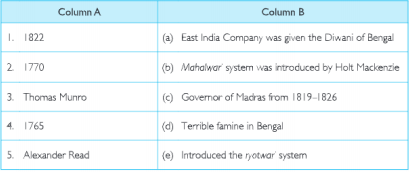
C. Chapter 3 Ruling the Countryside Picture Interpretation
Question 1. Study the following picture and answer the following questions:
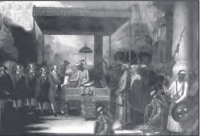
- Who is the person receiving the Diwani rights from the Mughal Emperor?
- How did the responsibility of the Company change after getting the Diwani rights of Bengal, Bihar and Odisha?
Answer
- This person is Robert Clive, the Governor-General of India, who is receiving the Diwani rights of Bengal, Bihar and Orissa from the Mughal Emperor, Shah Alam II.
- When the Company got Diwani rights of Bengal. Bihar and Orissa, it became the chief financiai administrator of the areas under its control. Now, it not only had to think about administration of land but also, it had to organise the revenue resources. It had to yield enough revenue to meet the increasing expenses of the Company. As a trading Company, it also had to ensure that it could buy the products it needed and sell what t wanted to.
Question 2. Study the given picture carefully and answer the following questions:
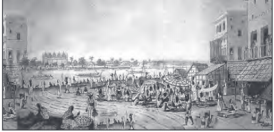
- What does this picture tell us?
- Why were these markets badly affected?
Answer
- This picture depicts the weekly market at Murshidabad in Bengal.
- Peasants and artisans from rural areas regularly came to these weekly markets to sell their goods and buy what they needed. But, when the British started to buy raw materials in bulk and started to sell manufactured goods, Indian cottage industries were destroyed and these markets were badly affected.
Part A – Our PASTS – III (History)
- Chapter 1 How, When and Where
- Chapter 2 From Trade to Territory The Company Establishes Power
- Chapter 3 Ruling the Countryside
- Chapter 4 Tribals Dikus and the Vision of a Golden Age
- chapter 5 When People Rebel 1857 And After
- Chapter 6 Colonialism and the City: The Story of an Imperial Capital
- Chapter 7 Weavers, Iron Smelters and Factory Owners
- Chapter 8 Civilising the “Native” Educating the Nation
- Chapter 9 Women, Caste and Reform
- Chapter 10 The Changing World of Visual Arts
- Chapter 11 The Making of the National Movement 1870s -1947
- Chapter 12 India After Independence
Part B – Resources and Development (Geography)
- Chapter 1 Resources
- Chapter 2 Land,Soil, Water, Natural Vegetation and A wildlife Resources
- Chapter 3 Mineral and Power Resources
- Chapter 4 Agriculture
- Chapter 5 Industries
- Chapter 6 Human Resources
Part C: Social and Political Life -III (Civics)
- Chapter 1 The Indian Constitution
- Chapter 2 Understanding Secularism
- Chapter 3 Why Do We Need a Parliament ?
- Chapter 4 Understanding Laws
- Chapter 5 Judiciary
- Chapter 6 Understanding Our Criminal Justice System
- Chapter 7 Understanding Marignalisation
- Chapter 8 Confronting Marginalisation
- Chapter 9 Public Facilities
- Chapter 10 Law and Social Justice
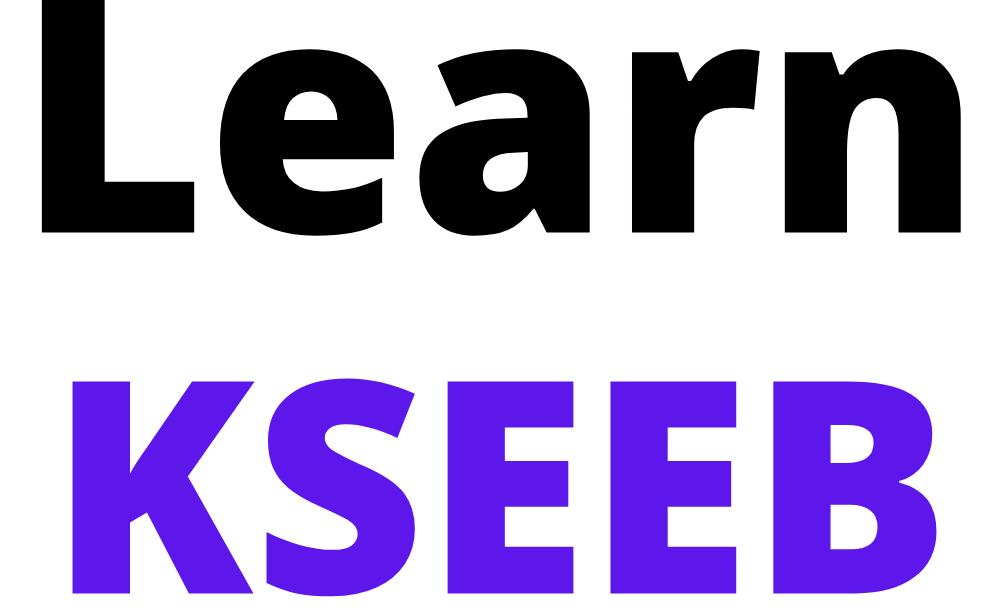
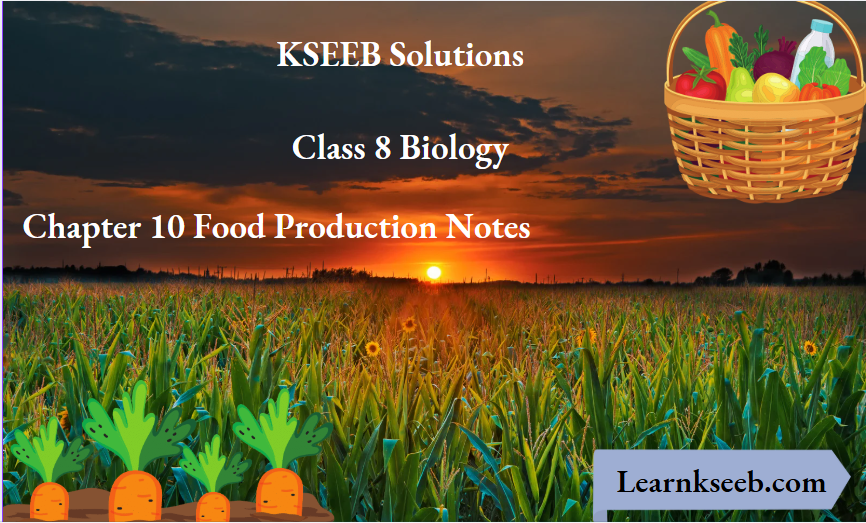


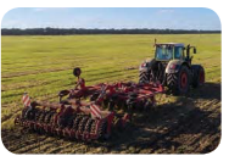 The loose soil allows the plant roots to penetrate freely and deeper into the soil so that plants are held more firmly to the ground.
The loose soil allows the plant roots to penetrate freely and deeper into the soil so that plants are held more firmly to the ground.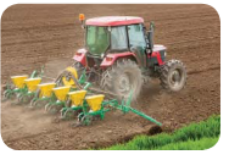

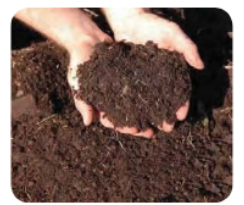

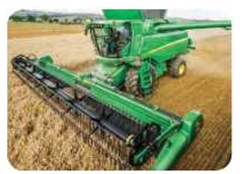
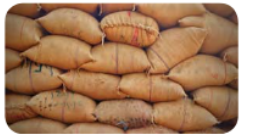
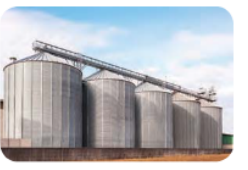
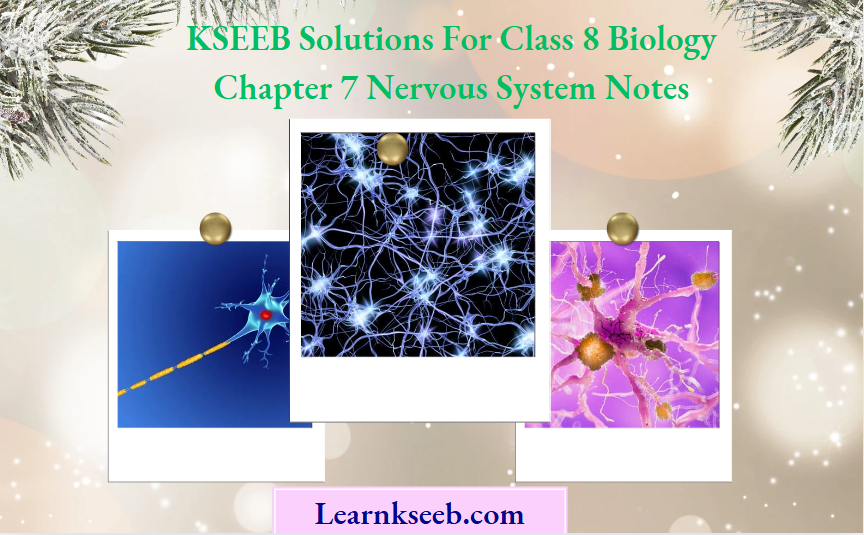
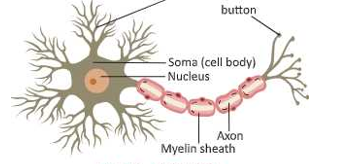

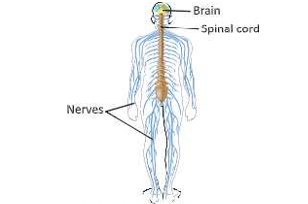
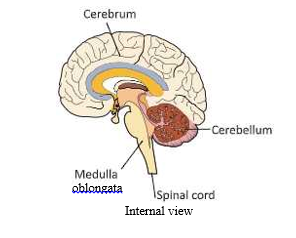
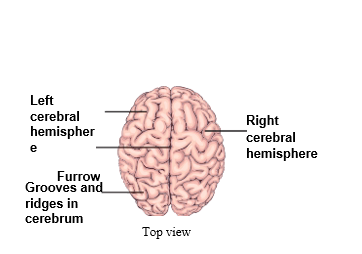
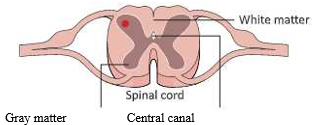
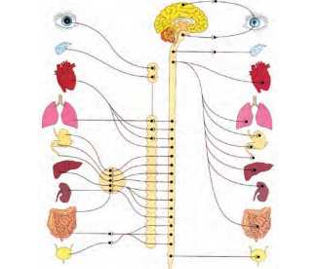
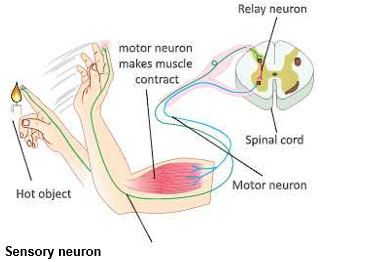
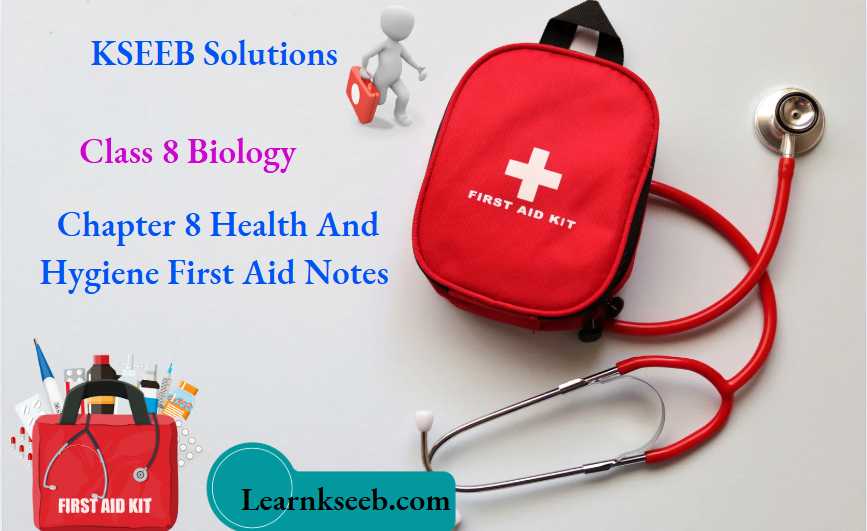
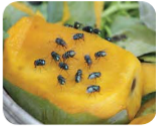
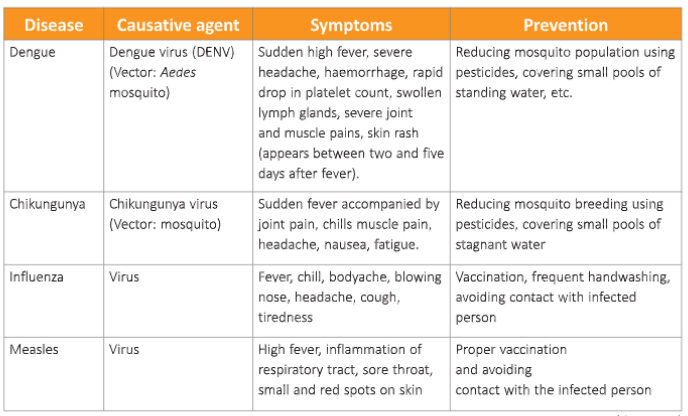
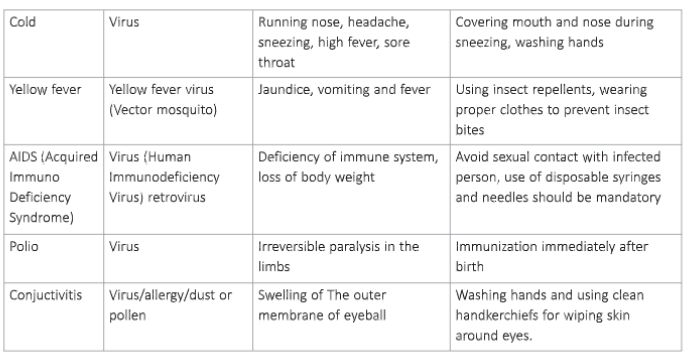
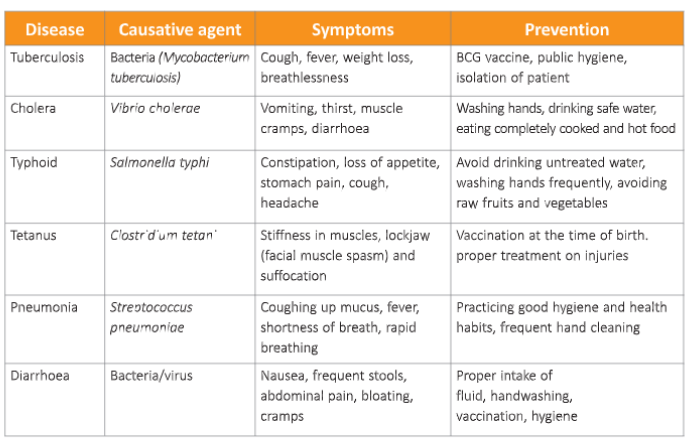
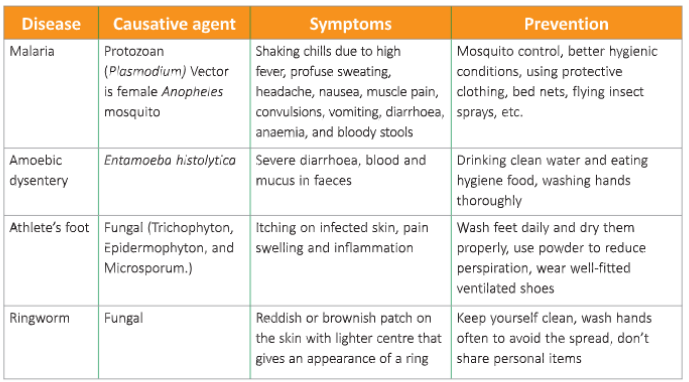

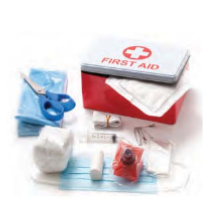
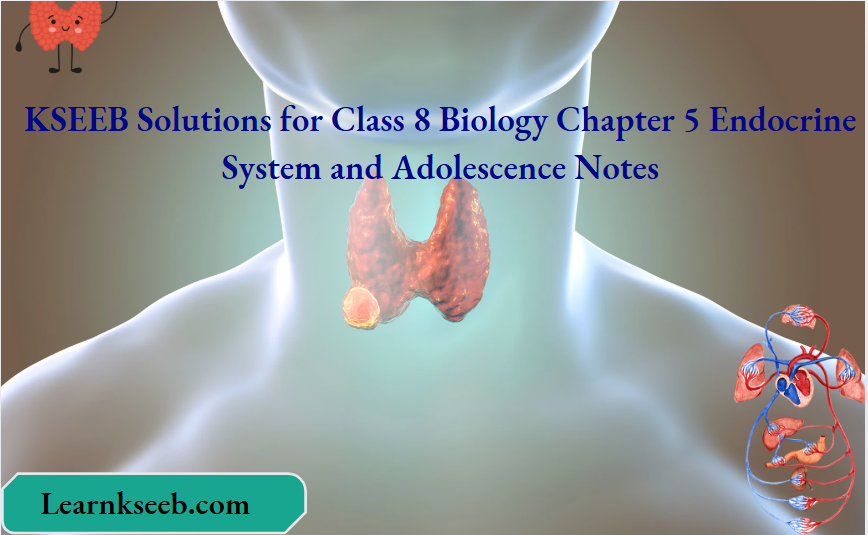

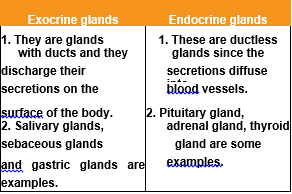
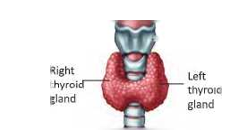

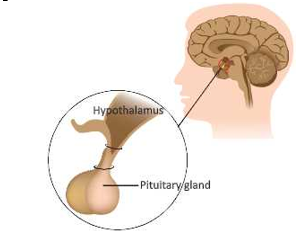

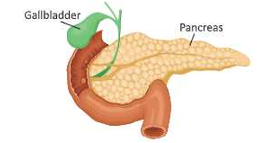

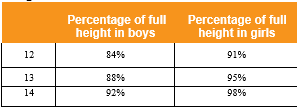
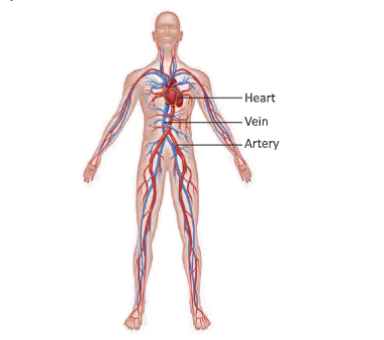
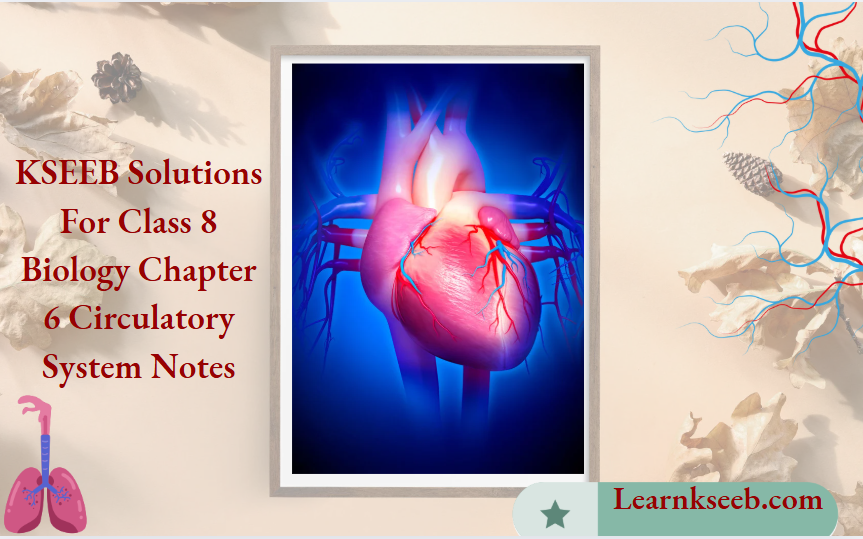
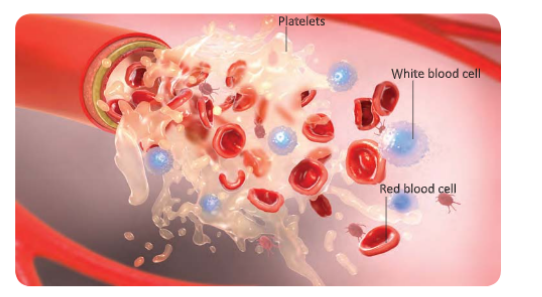


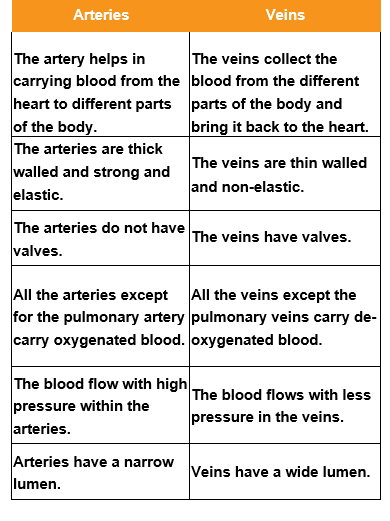


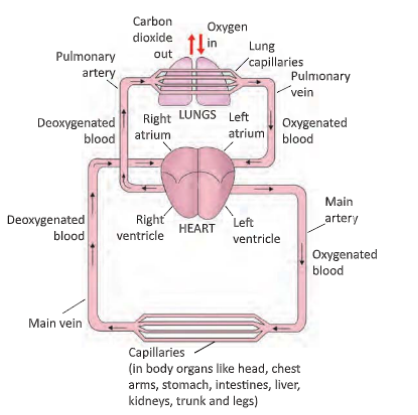
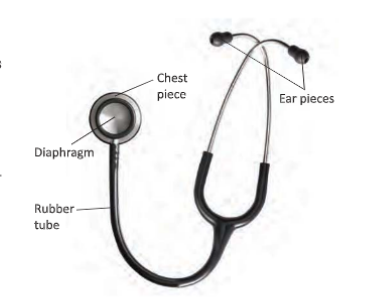
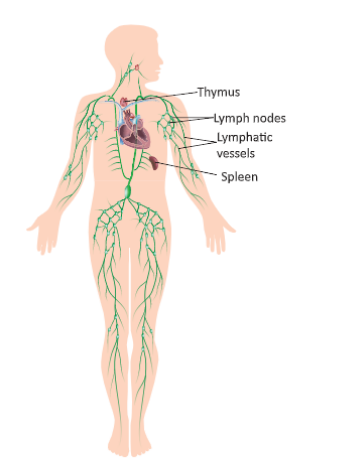
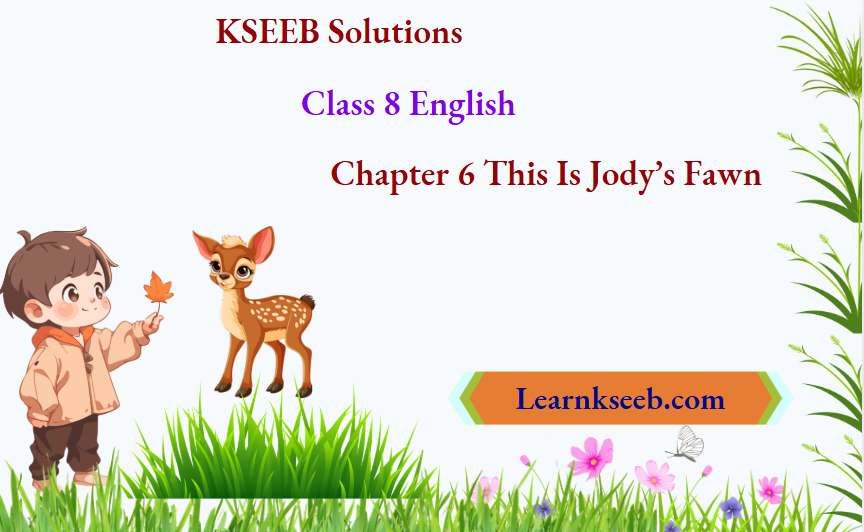
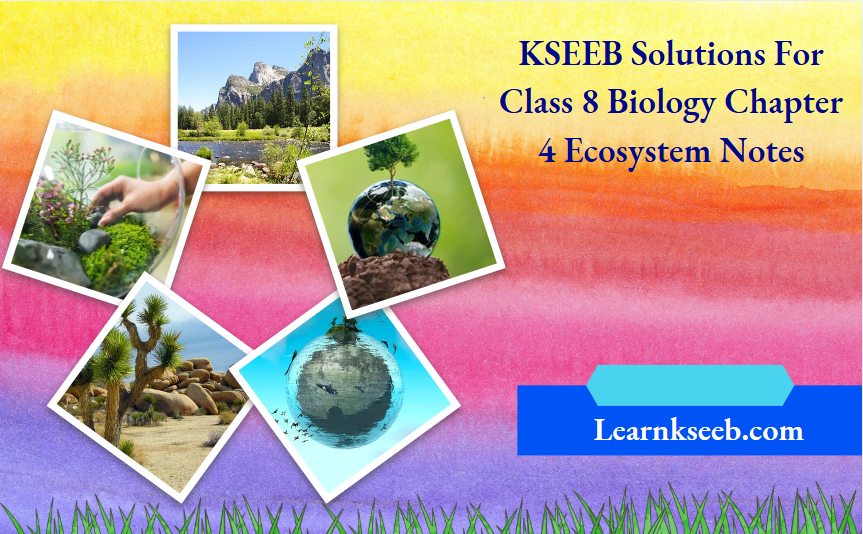
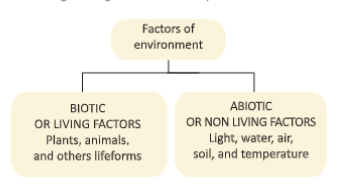 Biotic Components of an Ecosystem
Biotic Components of an Ecosystem